How Can We Help?
Car Warning Lights – What Do They Mean?
No matter whether you’ve just got behind the wheel for the first time or have been driving for a number of years, the warning lights on your dashboard aren’t always self-explanatory – but many of them signal critical faults which need to be addressed immediately. Knowing what they all mean, then, is certainly an important part of driving long distances with confidence.
For this GoLearning article, we’ve hand-picked some of the most serious and noteworthy warning lights you need to know if you want to keep yourself and your passengers safe out on the open road.
Critical (red) Warning Lights
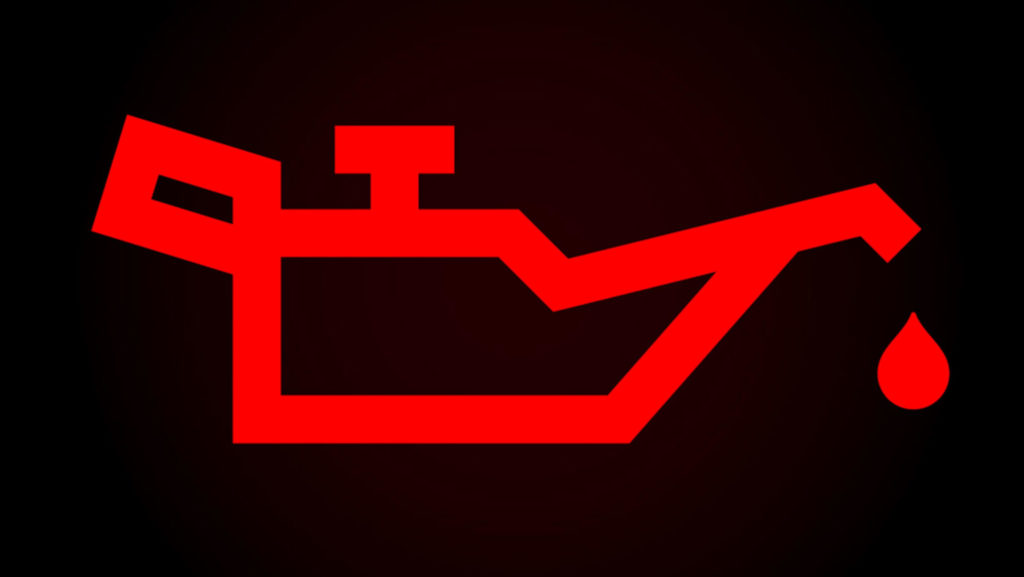
Oil pressure warning light:
This innocuous looking icon also happens to be a mightily important one. When illuminated in red, it signifies that the engine’s oil pressure is low. This could mean that a component inside your engine has failed, or simply that your engine’s oil level has dropped to well below the minimum mark. No matter the reason, with this light on you mustn’t drive the car, full stop. Doing so will risk severely damaging (possibly beyond repair) your engine – and if your engine gives out while you’re driving along it could cause a serious accident.
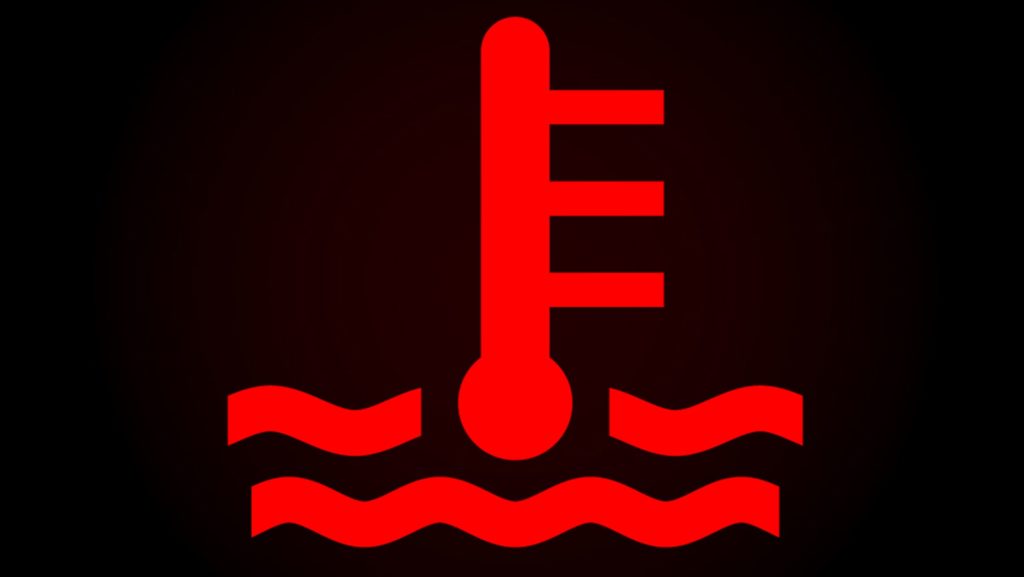
Coolant temperature warning light:
When illuminated in red, this icon indicates that your engine’s coolant temperature has exceeded the safe maximum. In practical terms, this means that it’s about to overheat or is in the process of overheating – not ideal. This most typically occurs when you’re stuck in traffic on a hot summer day, but overheating can happen at any time if your coolant levels are low; if this light illuminates yellow, it’ll warn you that they’re low before your engine overheats. Not all cars do this, though, so it’s always a good idea to check your coolant levels regularly. Anyway, if you see this icon lit up in red, it’s time to switch off your engine.
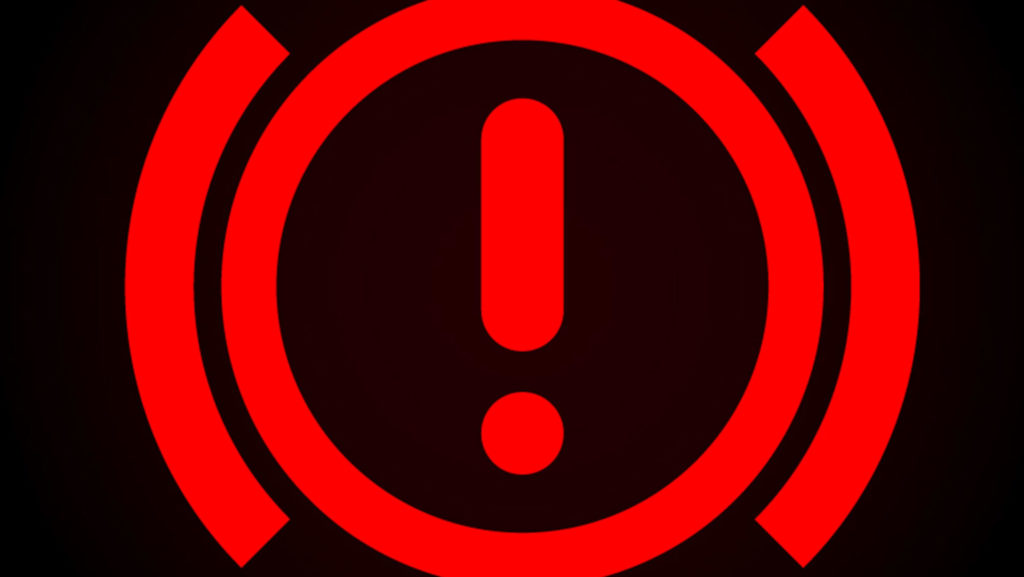
Brake system warning light:
This round icon with an exclamation mark in the centre indicates that your brake fluid levels are low. When it illuminates red, we recommend pulling over as soon as you can to check your brake fluid level; if it is indeed low, your car won’t be safe to drive, as the brake fluid is essentially what pushes the brake pads onto the discs to slow your car down. If there’s not enough of the stuff in your brake fluid reservoir, you won’t have enough braking power if you have to stop in an emergency.

Airbag warning light:
This icon, depicting a person sitting in a car seat with a circle in front of their face, will illuminate in red. When it does, it’ll be telling you there’s something wrong with either your airbag or seat belt pre-tensioner system. Though you’ll still be able to drive the car with this illuminated, you should avoid it at all costs. In the event of an accident, your airbag may not deploy, or your seatbelt may not tighten like it’s supposed to, resulting in serious injuries.
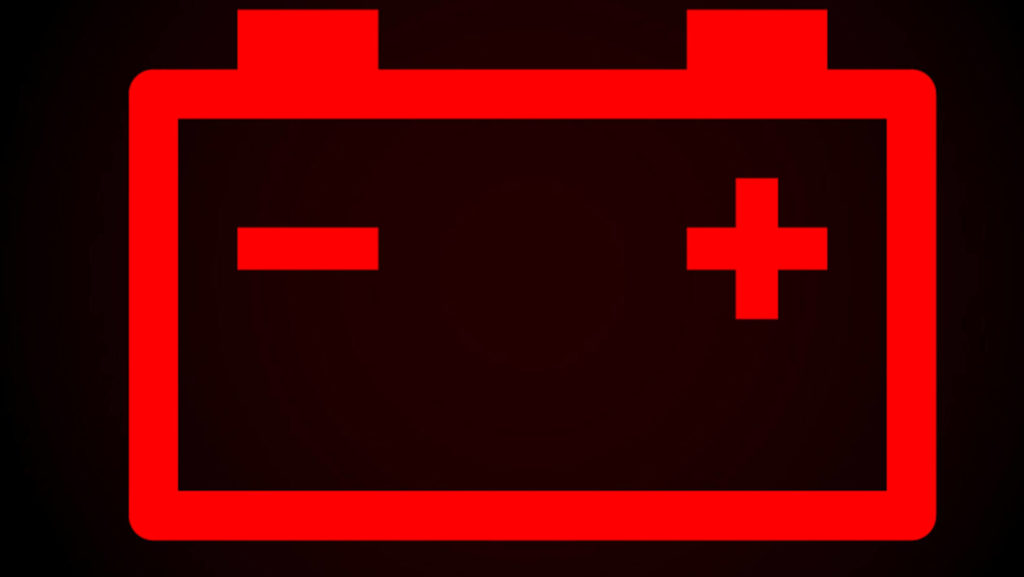
Battery warning light:
This one’s perhaps the most self-explanatory icon of the lot, though it’s no less significant than any of the others. When this shows up on your dashboard in red, you’ll know that something is up with your car’s electrical system, most likely either the battery or the alternator. Your alternator charges your battery while the car is driving along, so if it packs up, then you’ll gradually run out of juice. That means no headlights, wipers or, given long enough, no fuel getting to your engine.
Investigate as Soon as Possible (yellow) Warning Lights
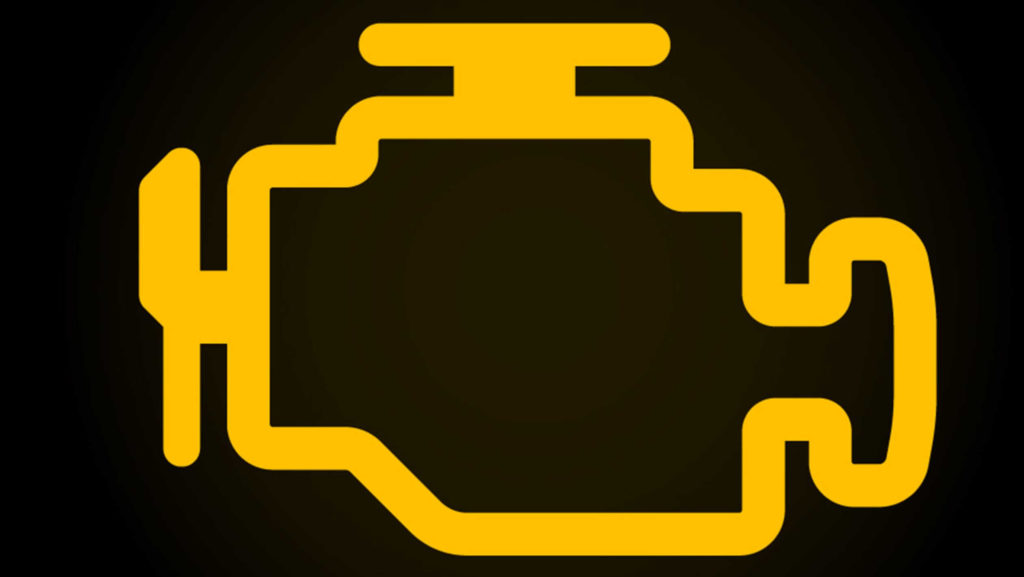
Engine management light:
This yellow engine icon tells you that something’s up with your engine. That’s it. It’s not very specific, because it could be illuminating in response to one of literally hundreds of potential faults – some more serious than others. Nevertheless, it’s best to get your car checked over by a competent mechanic as soon as you can, or you might end up with a more expensive bill if the problem worsens.
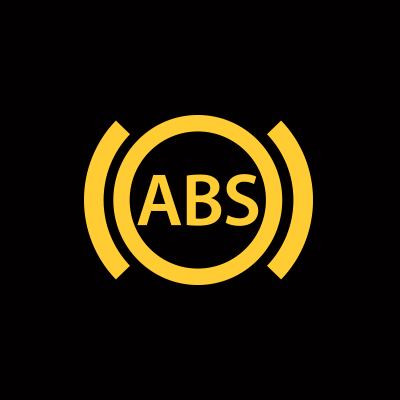
ABS warning light:
Another particularly clear one, this tells you that your car’s ABS is faulty. The ABS (Anti Lock Braking System) kicks in when you stamp hard on the brakes in an emergency situation, and prevents your wheels from locking up. With that in mind, it’s best to try and get this fault sorted as soon as you can.
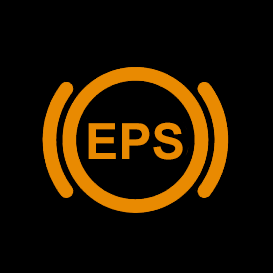
ESP warning light:
If your car has ESP (Electronic Stability Program) you could see this light appear on your dash. It’ll be telling you something’s up with your ESP – and we’d recommend getting this looked at sharpish, too. ESP essentially prevents you from spinning out of control if you have to swerve to avoid something in the road, so it’s a vital safety feature which saves lives.
Are you looking for a driving school in Peterborough who can get you out on the road in record time? Look no further than GoGoGo and our range of five-day driving lesson packages – learn more about us and what we do today.